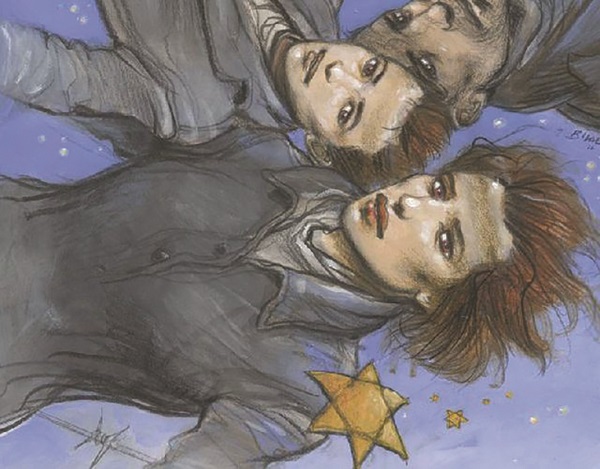 Credit: Enki Bilal
Credit: Enki Bilal
The Neumünster Abbey Culture Exchange Centre, neimënster, has announced that it will be displaying an exhibition put together by the Holocaust Memorial in Luxembourg.
The exhibition brings together an inventory of the relationship between graphic storytelling and the Holocaust, in the form of a 200-panel exhibition at neimënster.
By examining the visual sources of the representations of the extermination of the Jews by Nazi Germany, the exhibition devoted to the Holocaust and to comics takes up an unprecedented subject in the story. Active in the field of research and documentation, the Holocaust Memorial has assembled an archive of more than one million documents in a space for information and transmission of knowledge on the Holocaust. Regularly enriched by donations and acquisitions of documents of Holocaust witnesses, it constitutes a unique archive for studying the destruction of Europe's Jews.
And while debates on issues of representation of the concentration camps regularly emerge, the comics have taken up the subject to illustrate it in a different light: through a historical and artistic journey that features US and Franco-Belgian comics, graphic novels and manga. These testimonies describe the horror and absurdity of everyday life in the concentration camps. However, the extermination of the Jews was to remain a taboo subject for a long time. In the US, comic book stories and Captain America ridiculed Adolf Hitler in 1940. These stories mention the concentration camps, although they ignore the fate of the victims. Why didn't the superheroes free Auschwitz? The exhibition at neimënster attempts to answer this question through the flagship works of US comics.
In Europe, it was not until the late 1970s that the comic strip would integrate Jewish characters. From the 2000s, the cartoonists became interested in the stories of all the victims of Nazism, including the disabled, homosexuals and Europe's Romani people. The comic strip thus asserts itself as a tool for transmitting memory. The exhibition ends with the work of cult author Will Eisner, who devoted the last years of his life to depicting anti-Semitism. The Eisner Awards were created in 1988 and went on to become the most prestigious award for US comics. Some of his most important works can be seen in the exhibition.
Following the opening on 26 March 2020 at 18:00, visitors will be able to discover the exhibition at neimënster from 29 March 2020. In addition, the National Museum of Resistance is carrying out awareness-raising actions aimed at young audiences by offering guided tours of the exhibition as well as a conference by Didier Pasamonik, curator of the Holocaust and comic strip exhibition, on 23 April 2020, around the theme "From Maus to Spirou: The metamorphoses of the Holocaust in contemporary comics".
The exhibition will run from 29 March to 10 May 2020, every day from 11:00 to 18:00. The exhibition is open to the public and entry is free.








